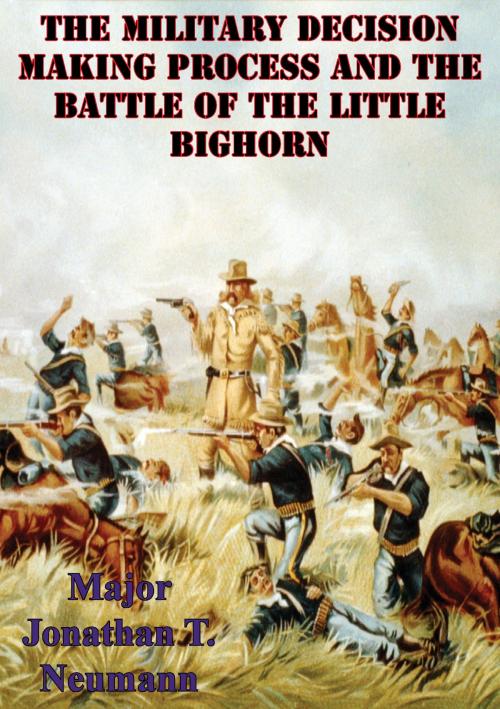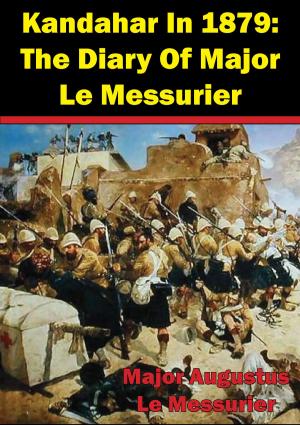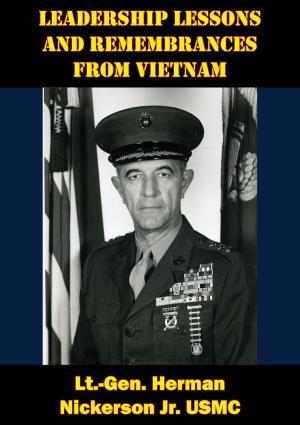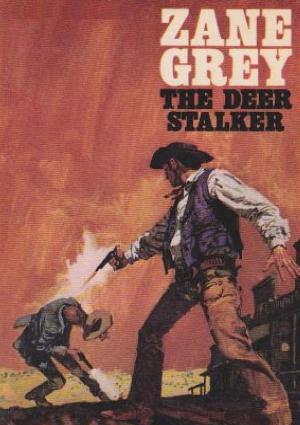The Military Decision Making Process And The Battle Of The Little Bighorn
Nonfiction, Social & Cultural Studies, Social Science, Cultural Studies, Native American Studies, History, Americas, United States, 19th Century, Biography & Memoir| Author: | Major Jonathan T. Neumann U.S. Army | ISBN: | 9781782897620 |
| Publisher: | Normanby Press | Publication: | August 15, 2014 |
| Imprint: | Normanby Press | Language: | English |
| Author: | Major Jonathan T. Neumann U.S. Army |
| ISBN: | 9781782897620 |
| Publisher: | Normanby Press |
| Publication: | August 15, 2014 |
| Imprint: | Normanby Press |
| Language: | English |
Based on his background, education, training, and the information available at the time of his attack, Lieutenant Colonel George Armstrong Custer made good decisions as he lead the 7th Cavalry in its defeat at the Little Bighorn.
Custer received the standard pre-commissioning education that West Point used to mold all future Army leaders. That education served him well in the Civil War where he enjoyed tactical success and a meteoric rise to fame and high rank. Following that conventional conflict, Custer entered into world of irregular warfare and voluntary forces. His defeat at the Little Bighorn ended 10 years of development as an unconventional warrior. Despite the common perception that his decisions invited disaster, by using the current Military Decision Making Process, and the intelligence available to him professionals of today can recreate the command decisions he made that day in June 1876 and possibly conclude that they were not to blame for the defeat.
Custer’s military decisions are very similar to those a current leader would make using current military decision making doctrine.
Based on his background, education, training, and the information available at the time of his attack, Lieutenant Colonel George Armstrong Custer made good decisions as he lead the 7th Cavalry in its defeat at the Little Bighorn.
Custer received the standard pre-commissioning education that West Point used to mold all future Army leaders. That education served him well in the Civil War where he enjoyed tactical success and a meteoric rise to fame and high rank. Following that conventional conflict, Custer entered into world of irregular warfare and voluntary forces. His defeat at the Little Bighorn ended 10 years of development as an unconventional warrior. Despite the common perception that his decisions invited disaster, by using the current Military Decision Making Process, and the intelligence available to him professionals of today can recreate the command decisions he made that day in June 1876 and possibly conclude that they were not to blame for the defeat.
Custer’s military decisions are very similar to those a current leader would make using current military decision making doctrine.


![Cover of the book The 1968 Tet Offensive Battles Of Quang Tri City And Hue [Illustrated Edition] by Major Jonathan T. Neumann U.S. Army](https://www.kuoky.com/images/2014/august/300x300/9781782893615-fuU5_300x.jpg)
![Cover of the book Air Power And The Fight For Khe Sanh [Illustrated Edition] by Major Jonathan T. Neumann U.S. Army](https://www.kuoky.com/images/2015/november/300x300/9781786250148-lmSt_300x.jpg)

![Cover of the book The Invasion of the Crimea: Vol. VII [Sixth Edition] by Major Jonathan T. Neumann U.S. Army](https://www.kuoky.com/images/2017/january/300x300/9781787203495-t7t0_300x.jpg)

![Cover of the book Corsairs To Panthers: U.S. Marine Aviation In Korea [Illustrated Edition] by Major Jonathan T. Neumann U.S. Army](https://www.kuoky.com/images/2015/november/300x300/9781786251381-SnNY_300x.jpg)
![Cover of the book Vietnam from Cease-Fire to Capitulation [Illustrated Edition] by Major Jonathan T. Neumann U.S. Army](https://www.kuoky.com/images/2016/august/300x300/9781787200814-ksgO_300x.jpg)





![Cover of the book A Lady’s Diary Before and During the Indian Mutiny [Illustrated Edition] by Major Jonathan T. Neumann U.S. Army](https://www.kuoky.com/images/2015/november/300x300/9781786253651-M81u_300x.jpg)
